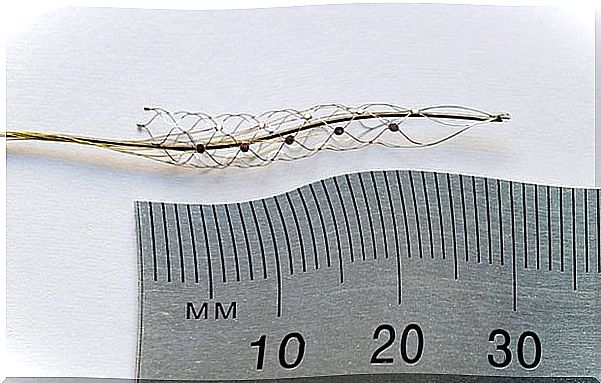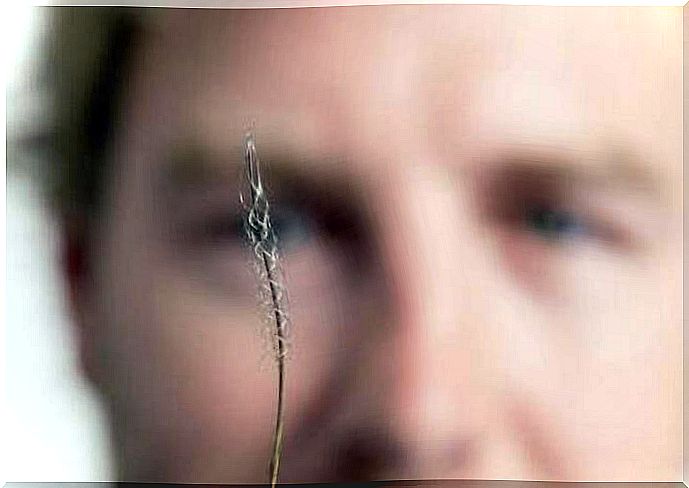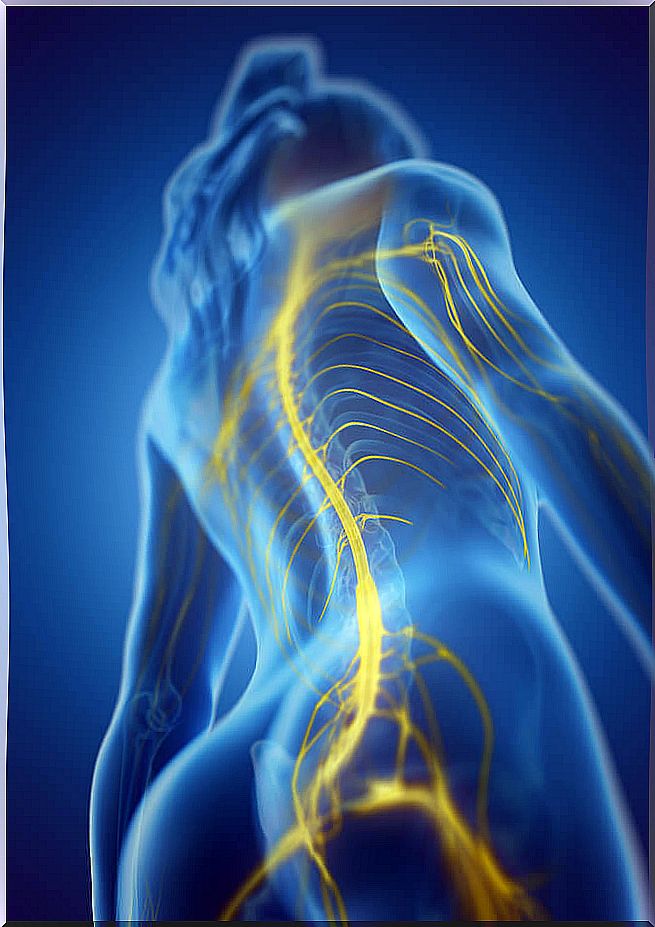A “bionic Spine” Would Help Paralyzed People To Walk Again
With this small device, which is implanted in the brain, patients with some type of paralysis will be able to move using subconscious thinking

Bionics is the science that studies the creation of technological devices and procedures that help the natural functions of living beings. In recent decades, technology and medicine have gone hand in hand to develop new treatments. Also, solutions against pathologies that were believed incurable. Scientific challenges have made important advances. Thanks to this, many sick people have been able to improve their quality and life expectancy.
In many cases it has been impossible to find a cure. However, much more effective treatments have been achieved than those that existed before. The most recent example was presented by a group of Australian researchers. They created a tiny device, measuring just 3 centimeters, which could help people with paralysis or prosthetics to walk again.
It is the “Bionic Spine”, or in Spanish “bionic vertebral column”. It can be implanted in a blood vessel next to the brain. Thus, it allows paraplegic patients to have mobility based on subconscious thoughts.
The bionic column, a promising device

The researchers who have created this interesting device belong to the Royal Melbourne Hospital. Also to the University of Melbourne and the Florey Institute for Neuroscience and Mental Health. His idea is that the device finds a different way to connect the thoughts with the actions of the body, instead of using the one that is damaged.
In this sense, the objective is that the affected person can make movements with their subconscious thoughts. That is, without having to do some kind of mental force to achieve the action. If you do, you can execute movements based on desire. Just like anyone else does.
Operating mechanism
The insertion of the bionic cord is made from a small cut in the neck. This way, a catheter that contains it can be entered. This reaches one of the blood vessels. Afterwards, it is transported to the motor cortex of the brain. It is the part in charge of generating nerve impulses to start voluntary muscle movements.
Once the catheter is removed, the electrodes on the outside of the bionic spine adhere to the walls of a vein. Then, they begin to record the electrical signals from the motor cortex . These signals are transmitted to another device that is implanted in the patient’s shoulder. It’s what will ultimately make bionic prosthetics move via Bluetooth.
This is something that the person cannot do instantly. However, the researchers say that through training and deliberate thoughts you will gradually begin to control the maneuvers from the subconscious.
For the first time it will be tested in humans

So far, the device has only been tested in experiments on sheep. The team plans a human trial in 2017. The three patients for the trial will be chosen from the Austin Health spinal cord unit. This will be held at the Royal Melbourne Hospital in Victoria. In this first stage, people with paralysis in their lower extremities will be chosen. This will gradually analyze the responses.
According to the statements of Terry O’Brien, head of the hospital’s neurology department, this breakthrough is a “holy grail” in bionic technology research.
For his part, Dr. Nicholas Opie, co-principal investigator and biomedical engineer at the University of Melbourne, clarified that the participants will not undergo a complicated process, although it will be somewhat extensive.
After performing the surgery, the difficult part will be getting them to learn to think and move their bionic limbs in a natural way and through their subconscious.
This will not be a solution to repair the damaged pathways of the brain, but to find alternative ways to carry the corresponding signals to the extremities.
“What you’re doing is putting a tape recorder over the brain’s signals and providing a conduit to move the limb through those signals without going through the damaged area,” explained the doctor.
The importance of the bionic column
It is not the first piece of technology designed to help improve the mobility of paralyzed patients. However, the team behind its development assures that it is the greatest advance they have achieved. Both for the results and for its size.
If they get positive responses in human tests, it is expected that they can also be used as a treatment for patients with epilepsy. Also in obsessive-compulsive disorder or Parkinson’s disease.
The technology has been described in Nature Biotechnology.









